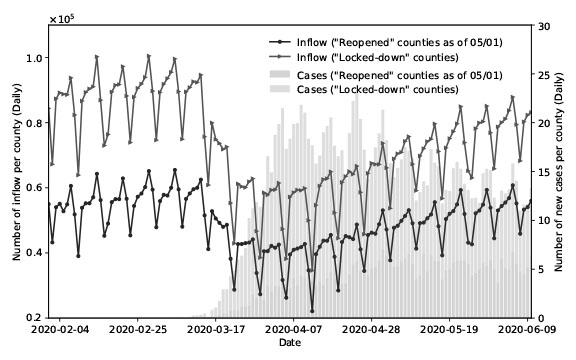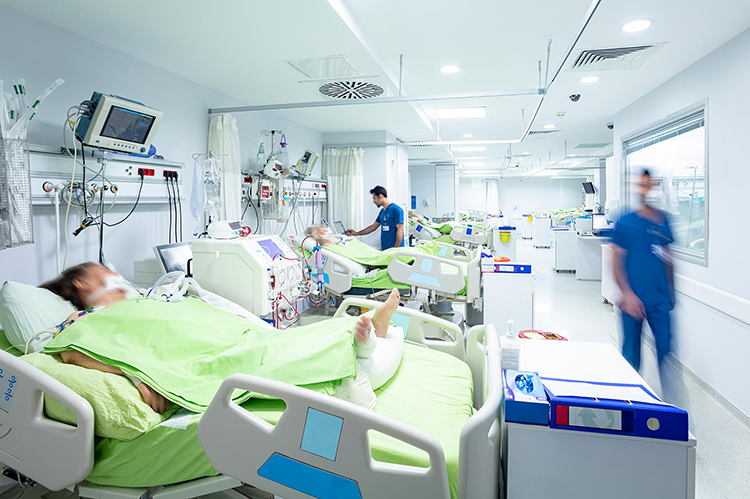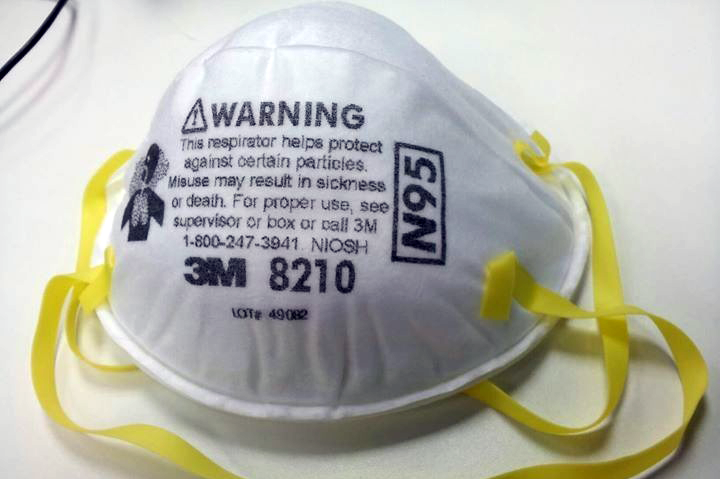News Story
Wastewater Testing Could Help Track COVID-19
 In the effort to contain COVID-19, the earlier an outbreak can be detected, the better. Birthe Kjellerup, Pedro E. Wasmer Professor in UMD's civil and environmental engineering department, is testing a promising new approach.
In the effort to contain COVID-19, the earlier an outbreak can be detected, the better. Birthe Kjellerup, Pedro E. Wasmer Professor in UMD's civil and environmental engineering department, is testing a promising new approach.
Analyzing wastewater samples, Kjellerup believes, can provide a red flag about outbreaks days before the affected people show symptoms.
“Everyone who has COVID-19 sheds the virus into the wastewater system when they use the bathroom,” Kjellerup said. “We can gather samples from wastewater sheds and treatment facilities and use molecular tools to track the presence of COVID-19. In this way we can determine whether there’s been an increase, decrease or no change from one sampling time to another.”
In the pilot phase of the project, Kjellerup and post-doctoral researcher Devrim Kaya are collecting samples twice a week from wastewater treatment plants in Maryland. Through analysis of these samples, Kjellerup and Kaya will be able to assess whether their methodology yields useful findings—and whether it could be extended to local sewage sheds to obtain more detailed and neighborhood-specific results.
“The approach has the potential to detect if there’s been a rise in the virus content of wastewater from a particular location, such as an apartment building, school, nursing home, or prison. If so, we’ll know that in a matter of days people there will start testing positive. That way we get some lead time to implement social distancing measures,” Kjellerup said.
“The approach has the potential to detect if there’s been a rise in the virus content of wastewater from a particular location, such as an apartment building, school, nursing home, or prison. If so, we’ll know that in a matter of days people there will start testing positive."
Dr. Birthe Kjellerup, Pedro E. Wasmer Professor in Engineering
Such lead time is essential, because by the time people show up at hospitals with symptoms, it’s often too late: they’ve already spread the virus to many others, and their own cases may have progressed to a life-threatening degree.
As states mull how to reopen schools and keep economies from collapsing—including the food supply chain—being able to intervene quickly and precisely is of crucial importance.
In addition, the wastewater data can be mapped onto other layers of information—including socioeconomic, demographic and transportation data—to obtain a more comprehensive view of the pandemic’s impact, including on vulnerable or disadvantaged populations. As findings from the pilot study come in, Kjellerup will be collaborating with Clark Distinguished Chair and Maryland Transportation Institute co-director Deb Niemeier to combine the wastewater sampling data with other socioeconomic variables.
The endeavor reflects the desire of Kjellerup and other faculty at the UMD’s A. James Clark School of Engineering to contribute their expertise to the pandemic response. Since the onset of COVID-19, Clark School engineers have used 3D printing to manufacture respirators, tested sterilization techniques that could enable reuse of protective equipment, pioneered wearable sensors that can detect airborne COVID-19 particles, and used statistical modeling to better predict COVID-19’s impact. Many of the projects, like Kjellerup’s, are unfunded and being conducted on the researchers' own time.
“I’m trying to think about how I can use my education and skills to help out Maryland and people in general,” Kjellerup said. “We’re not doing this for fame. We’re doing it to help, because we have expertise that we can offer.”
Published May 15, 2020




